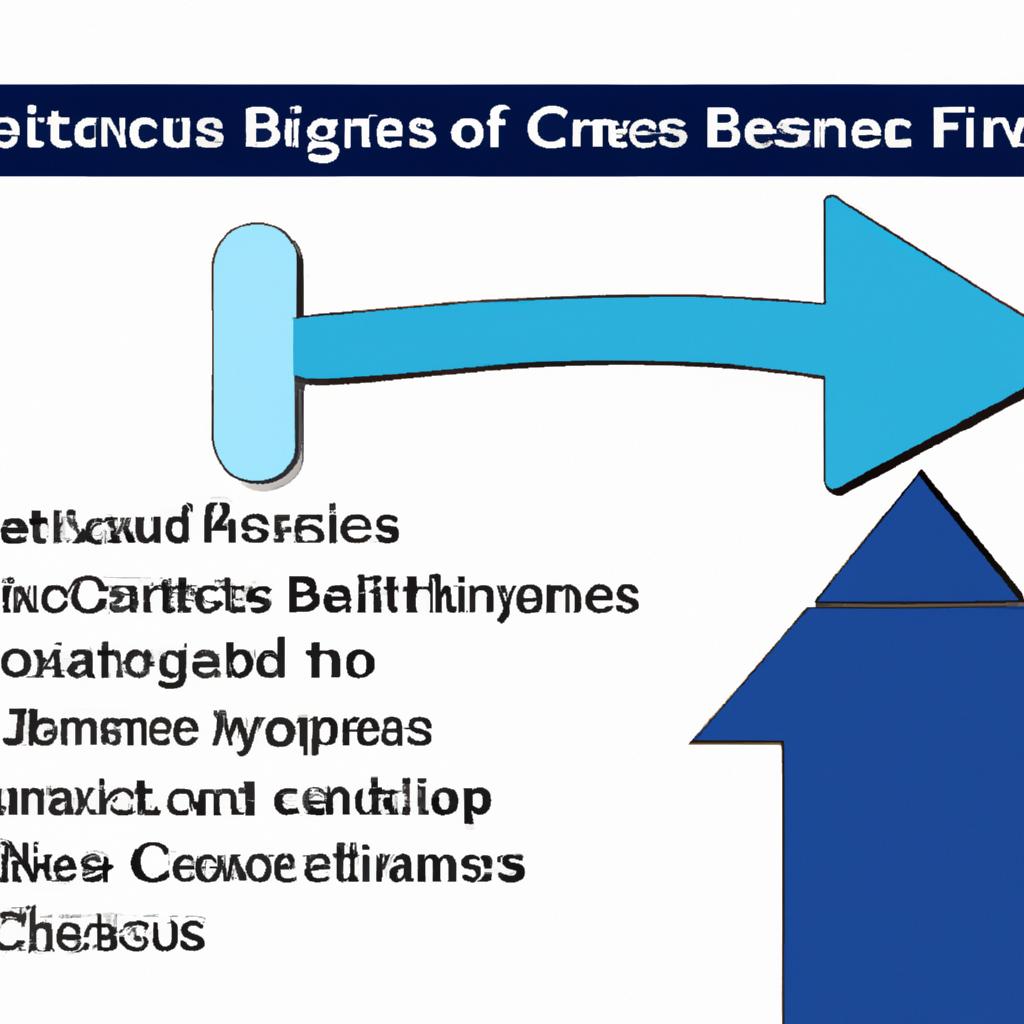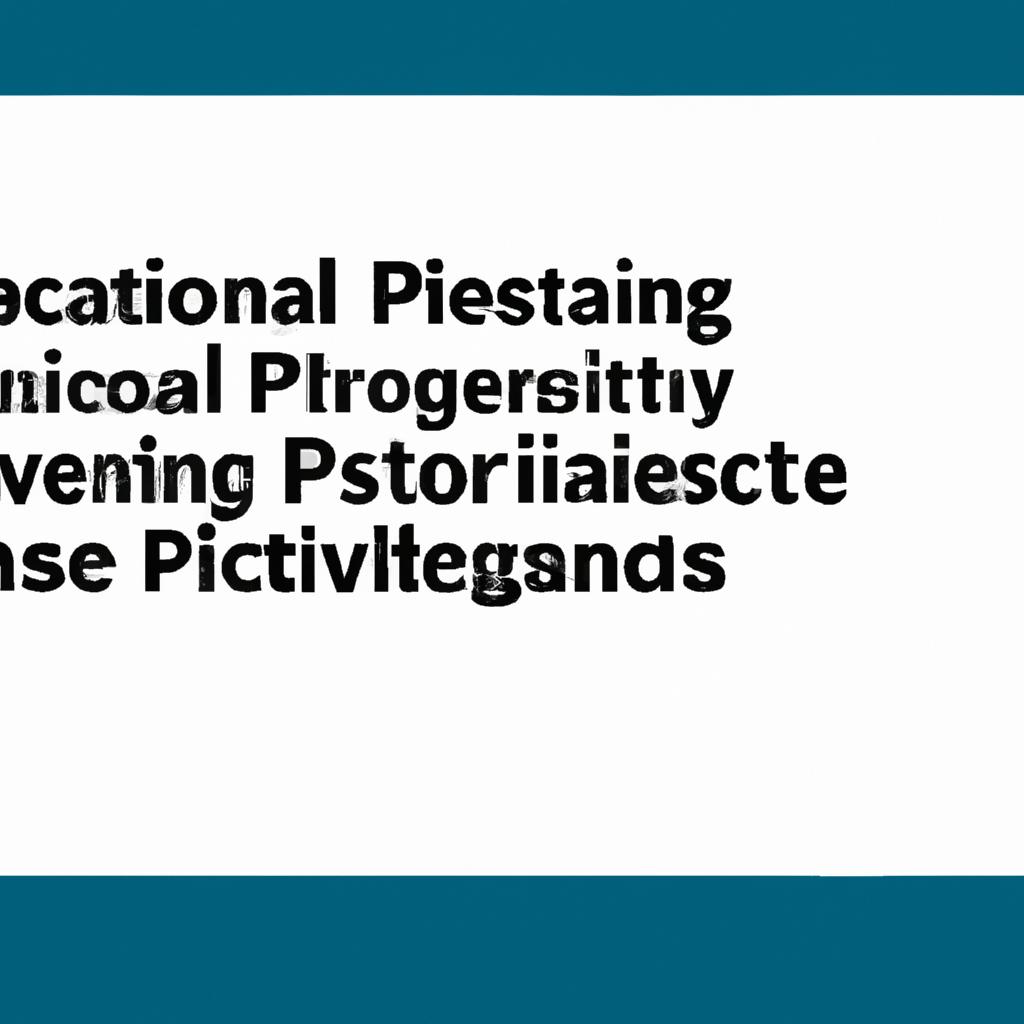In the realm of urban legends and fantastical tales, one story that has captivated the imagination of many is the alleged cryogenic preservation of Walt Disney’s body. Rumors have long swirled around the idea that the legendary creator of Disneyland and Mickey Mouse sought immortality through freezing his remains. In this article, we will delve into the murky waters of the Walt Disney cryo chamber controversy, separating fact from fiction and exploring the legal implications of such a bold and controversial decision. Join us as we navigate through the intrigue and mystery surrounding the man behind the magic.
Overview of the Walt Disney Cryo Chamber
The Walt Disney Cryo Chamber is a state-of-the-art technology that offers a unique experience unlike any other. This cutting-edge cryotherapy device is designed to provide users with a rejuvenating and refreshing treatment that helps improve overall health and well-being.
- Enhances circulation
- Reduces inflammation
- Boosts metabolism
- Accelerates muscle recovery
With its innovative design and advanced features, the Walt Disney Cryo Chamber delivers a safe and effective cryotherapy experience that is sure to leave users feeling invigorated and revitalized.

Legal Implications of Cryogenic Preservation for Estate Planning
In the realm of estate planning, the decision to undergo cryogenic preservation raises several legal considerations that must be carefully addressed. One of the key areas of concern is the designation of beneficiaries and trustees to oversee the preservation process. Properly outlining the roles and responsibilities of these individuals can help ensure that your wishes are carried out effectively.
<p>Additionally, it is crucial to establish clear guidelines for the management of assets during the preservation period. This may include setting up a trust fund to cover ongoing costs and expenses associated with cryogenic preservation. By incorporating these provisions into your estate plan, you can provide a solid foundation for the long-term viability of your cryo chamber arrangement.</p>

Benefits and Risks of Utilizing Cryonics in Trusts and Wills
When considering the incorporation of cryonics into trusts and wills, it is essential to weigh the benefits and risks involved in such a decision. Utilizing cryonics in estate planning can offer individuals the potential for future revival and extended life, preserving their legacy and assets for generations to come.
However, it is crucial to acknowledge the legal complexities and uncertainties surrounding cryonics, such as the validity and enforceability of cryonics clauses in trusts and wills. Additionally, the financial costs associated with cryonics preservation and storage must be carefully considered to ensure adequate funding for these services. Consulting with experienced estate planning attorneys, like those at Morgan Legal Group in New York City, can help individuals navigate these intricate legal and financial considerations.

Best Practices for Including Cryonics in Long-term Estate Planning
When it comes to incorporating cryonics into long-term estate planning, there are several best practices to consider. First and foremost, it is important to designate a specific portion of your estate to cover the costs associated with cryopreservation. This ensures that the financial burden does not fall on your loved ones after you are gone. Additionally, it is crucial to work with an experienced attorney who is familiar with the legal implications of cryonics and can help you navigate the complexities of including this unique arrangement in your estate plan.
Another important aspect to consider is appointing a trustworthy individual to oversee your cryonics arrangements after your passing. This person should be someone who is well-versed in the process and can ensure that your wishes are carried out exactly as you intended. Additionally, it is recommended to regularly review and update your estate plan to account for any changes in your financial situation or personal preferences. By carefully considering these best practices, you can ensure that your cryonics arrangements are seamlessly integrated into your long-term estate plan.
Q&A
Q: What is the Walt Disney cryo chamber?
A: The Walt Disney cryo chamber is a rumored cryogenic preservation chamber that allegedly houses the remains of Walt Disney, the founder of The Walt Disney Company.
Q: Is there any evidence to support the existence of the cryo chamber?
A: While there is no concrete evidence to prove the existence of the cryo chamber, the rumor has persisted for decades and continues to capture the imagination of Disney fans and conspiracy theorists alike.
Q: Why would Walt Disney choose cryogenic preservation?
A: It is speculated that Walt Disney may have chosen cryogenic preservation in the hopes of being revived in the future when technology has advanced enough to cure the illness that led to his death.
Q: What has The Walt Disney Company said about the cryo chamber rumor?
A: The Walt Disney Company has denied the existence of the cryo chamber and maintains that Walt Disney was cremated after his death in 1966.
Q: How has the cryo chamber rumor influenced popular culture?
A: The cryo chamber rumor has inspired countless urban legends, conspiracy theories, and creative works in popular culture, including films, TV shows, and books that explore the possibility of cryogenic preservation and resurrection.
Future Outlook
In conclusion, the concept of Walt Disney being cryogenically frozen remains shrouded in mystery and controversy. While some view it as a fascinating rumor, others see it as an urban legend that continues to captivate imaginations. Whether true or not, the legacy of Walt Disney lives on through his timeless creations that have brought joy and wonder to generations. The truth behind the Walt Disney cryo chamber may never be fully known, but one thing is certain – his innovative spirit and imaginative vision will continue to inspire and enchant for years to come. Thank you for joining us on this intriguing journey into the world of Walt Disney’s cryogenic legacy.

